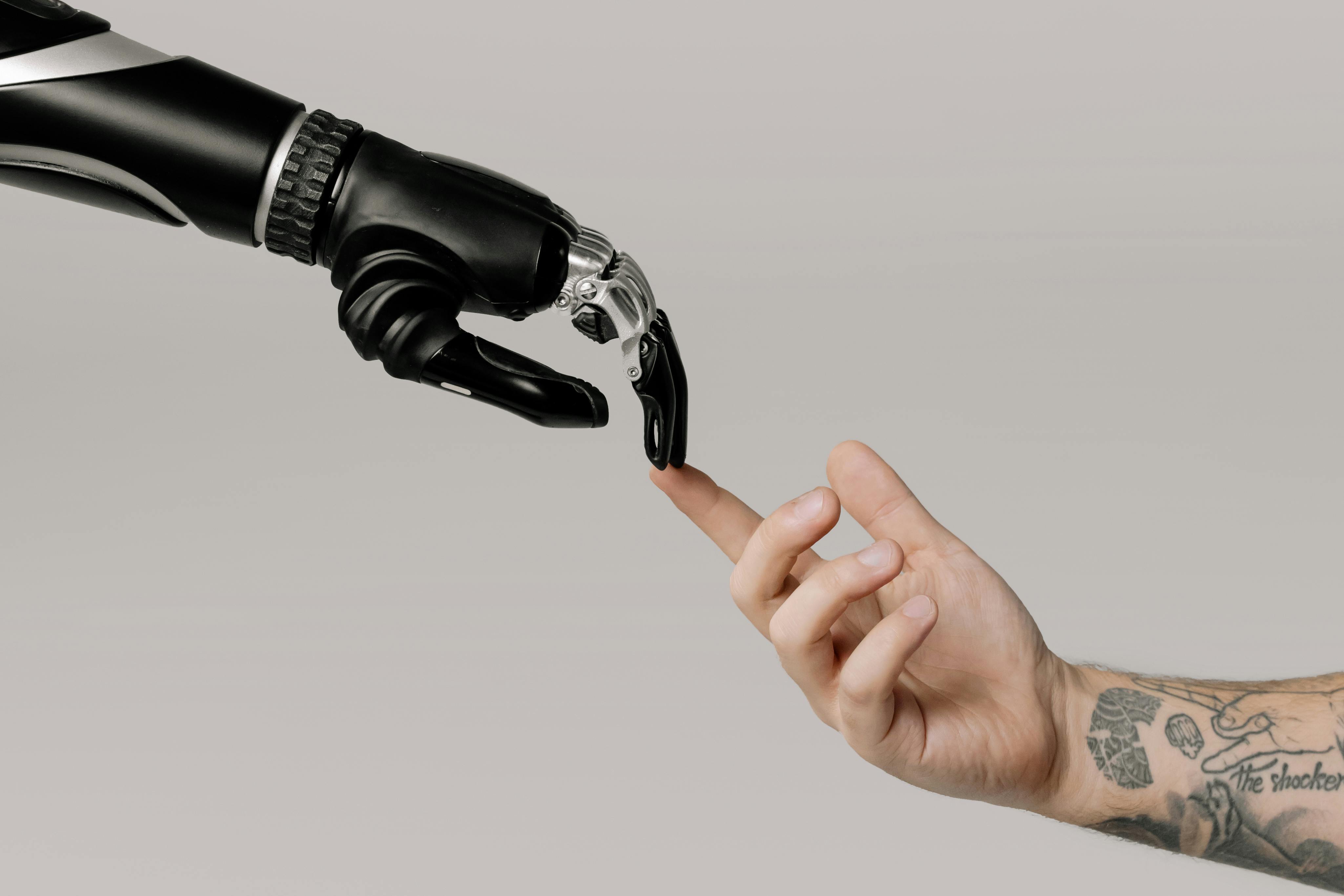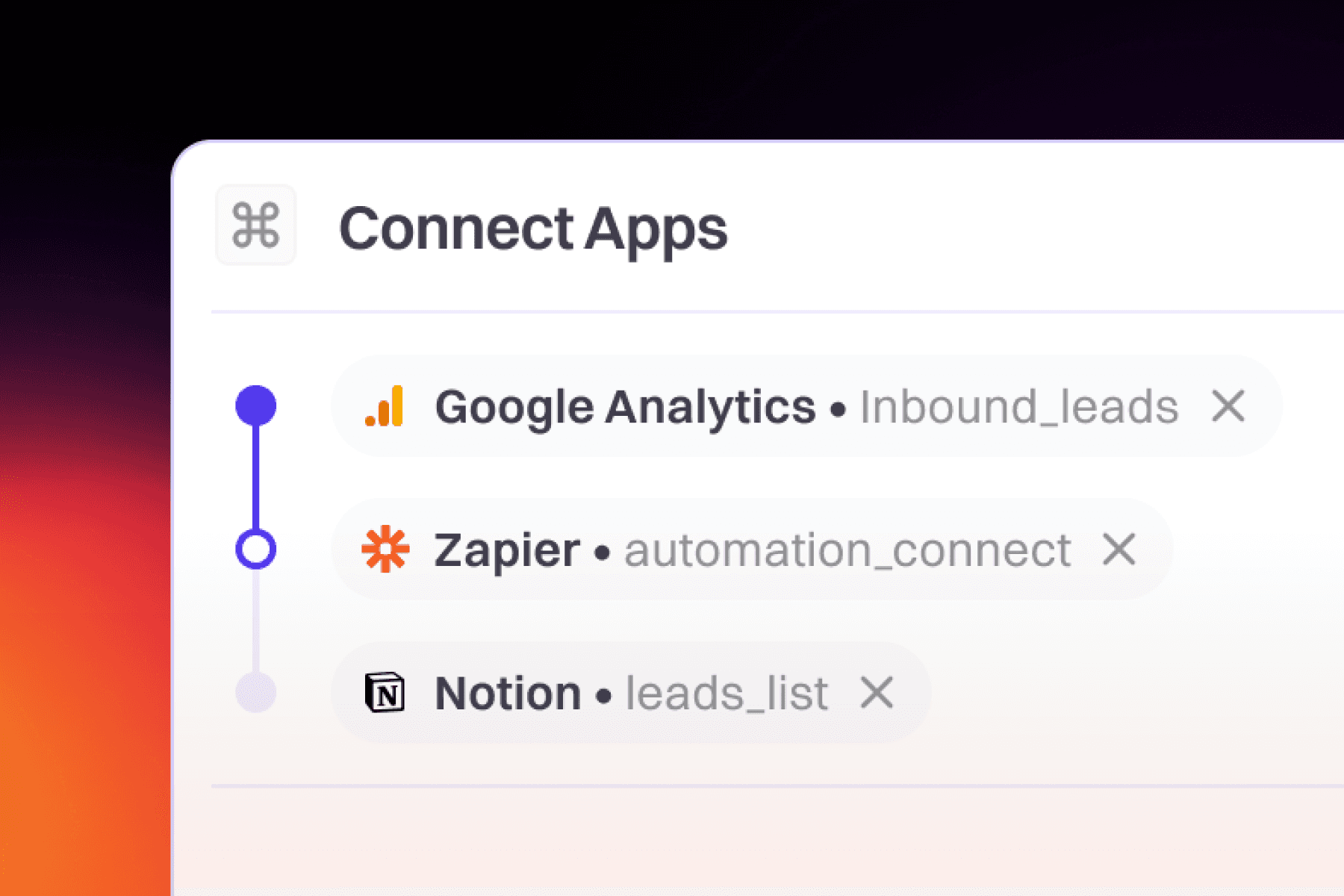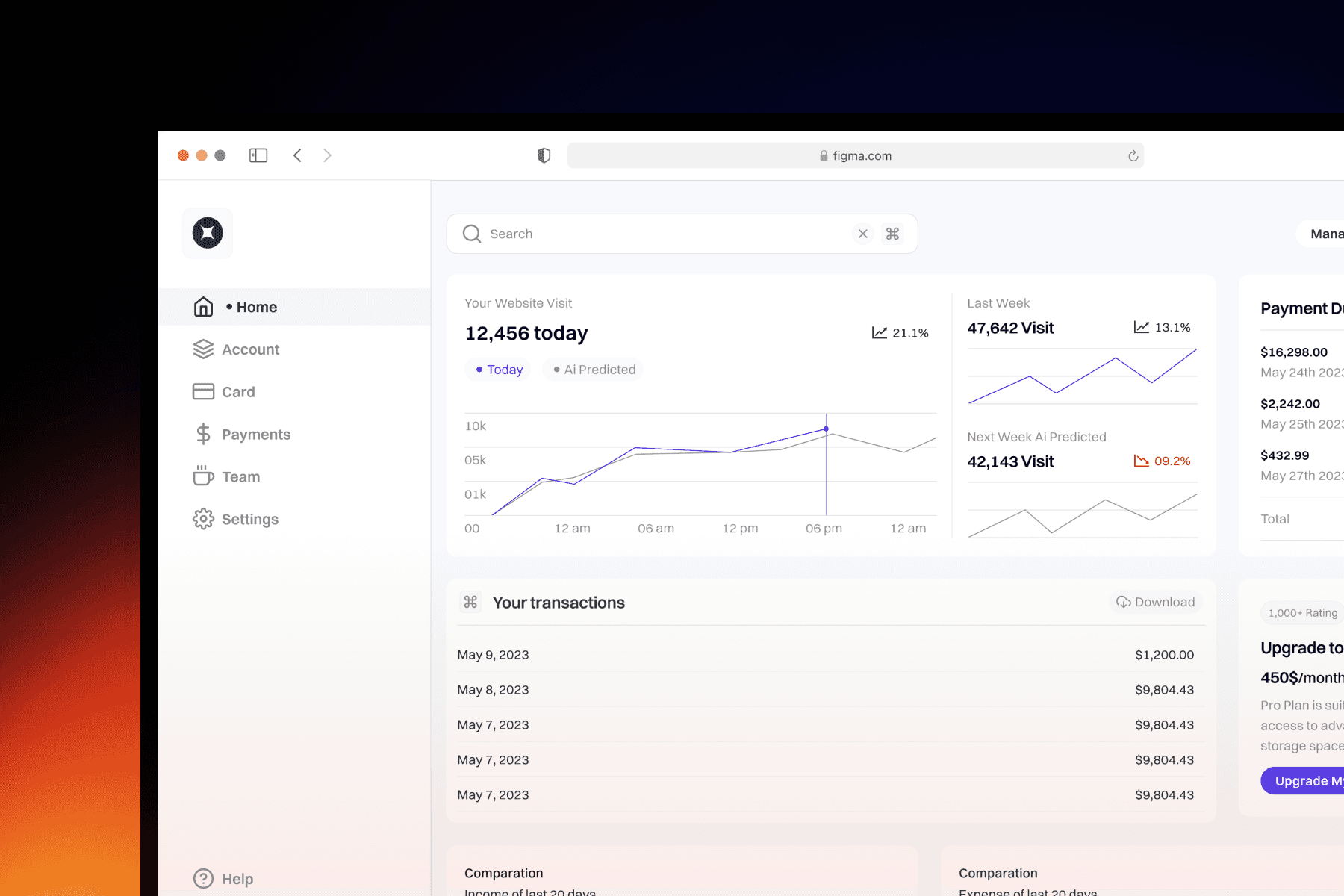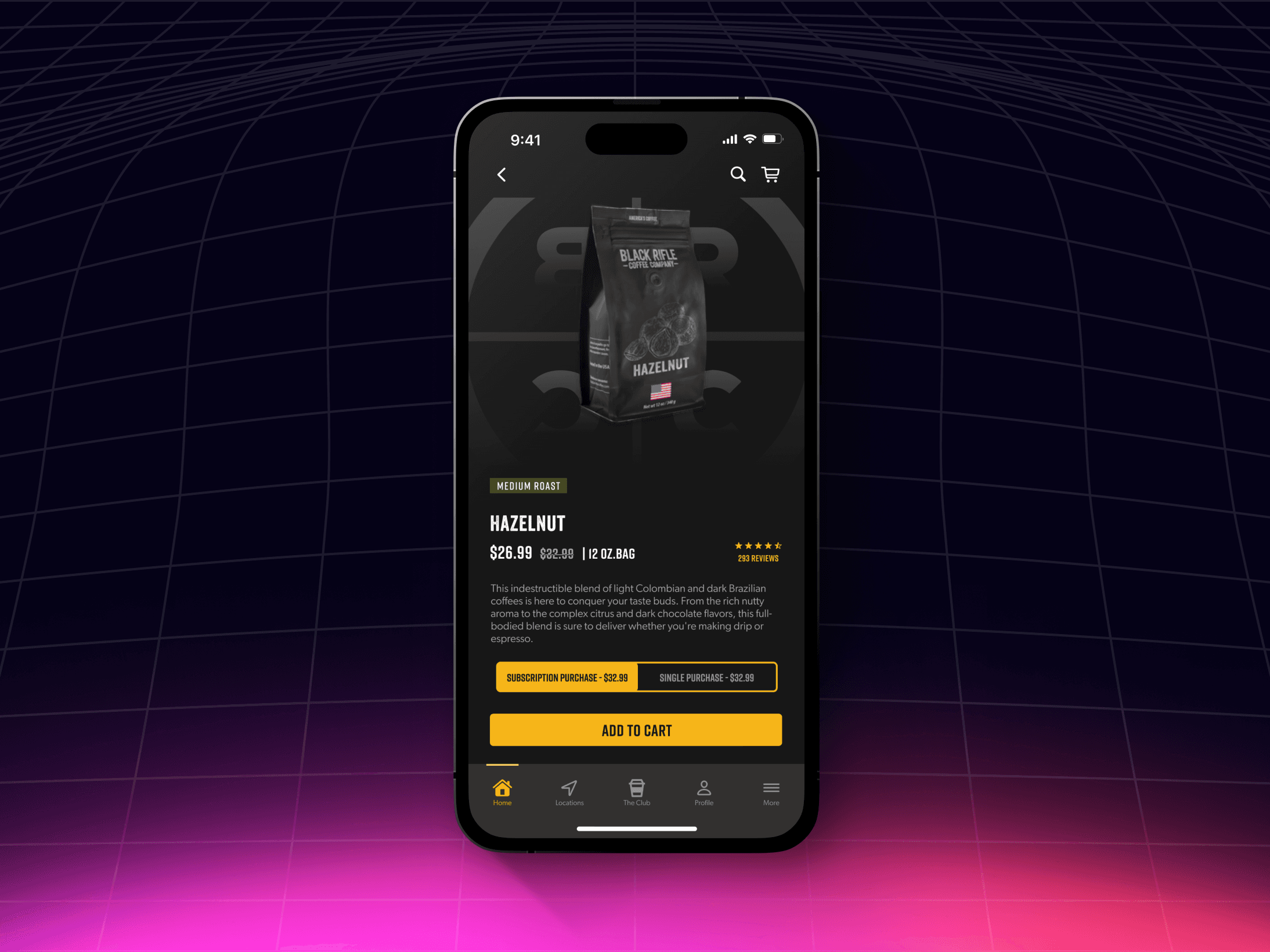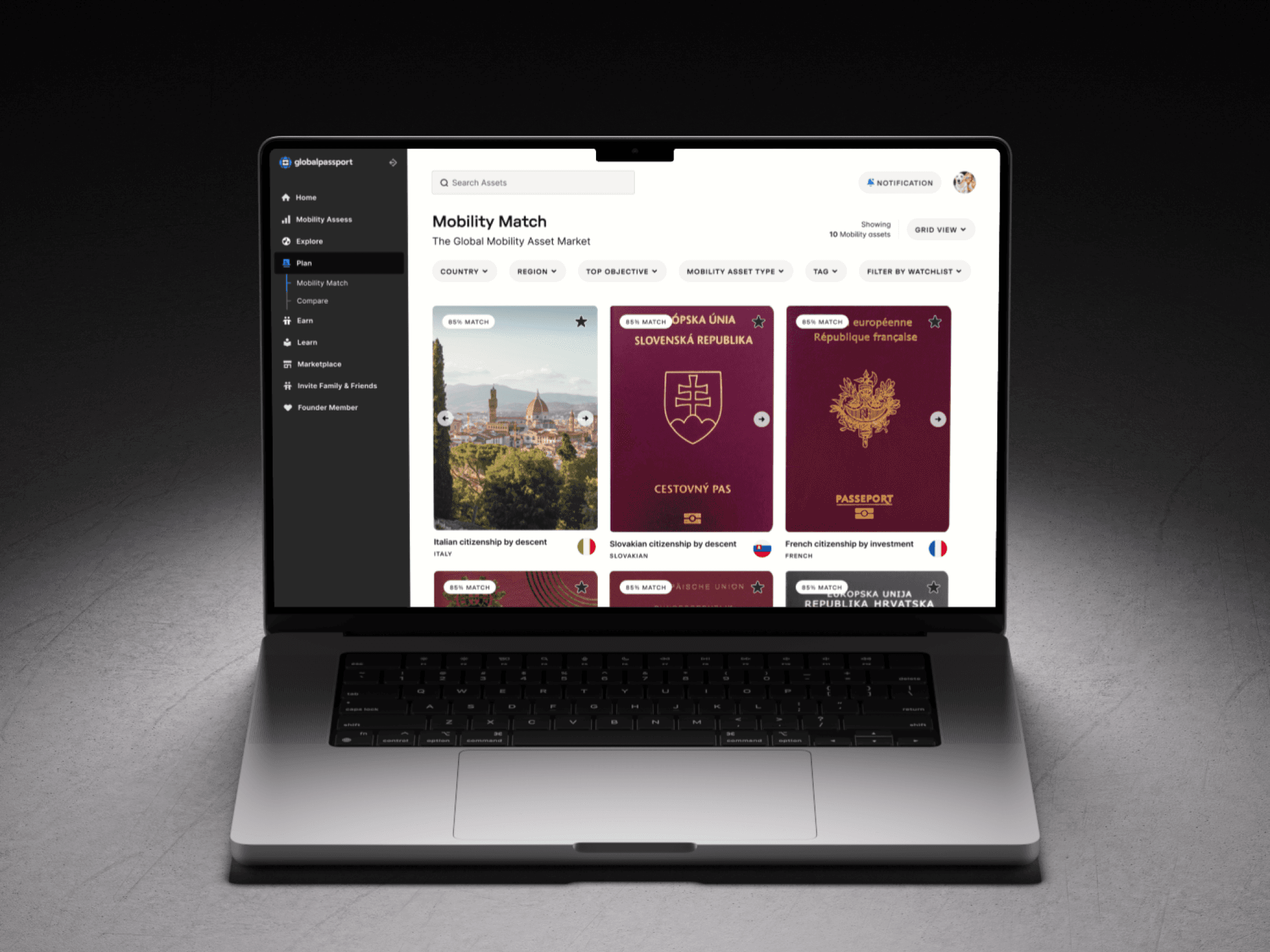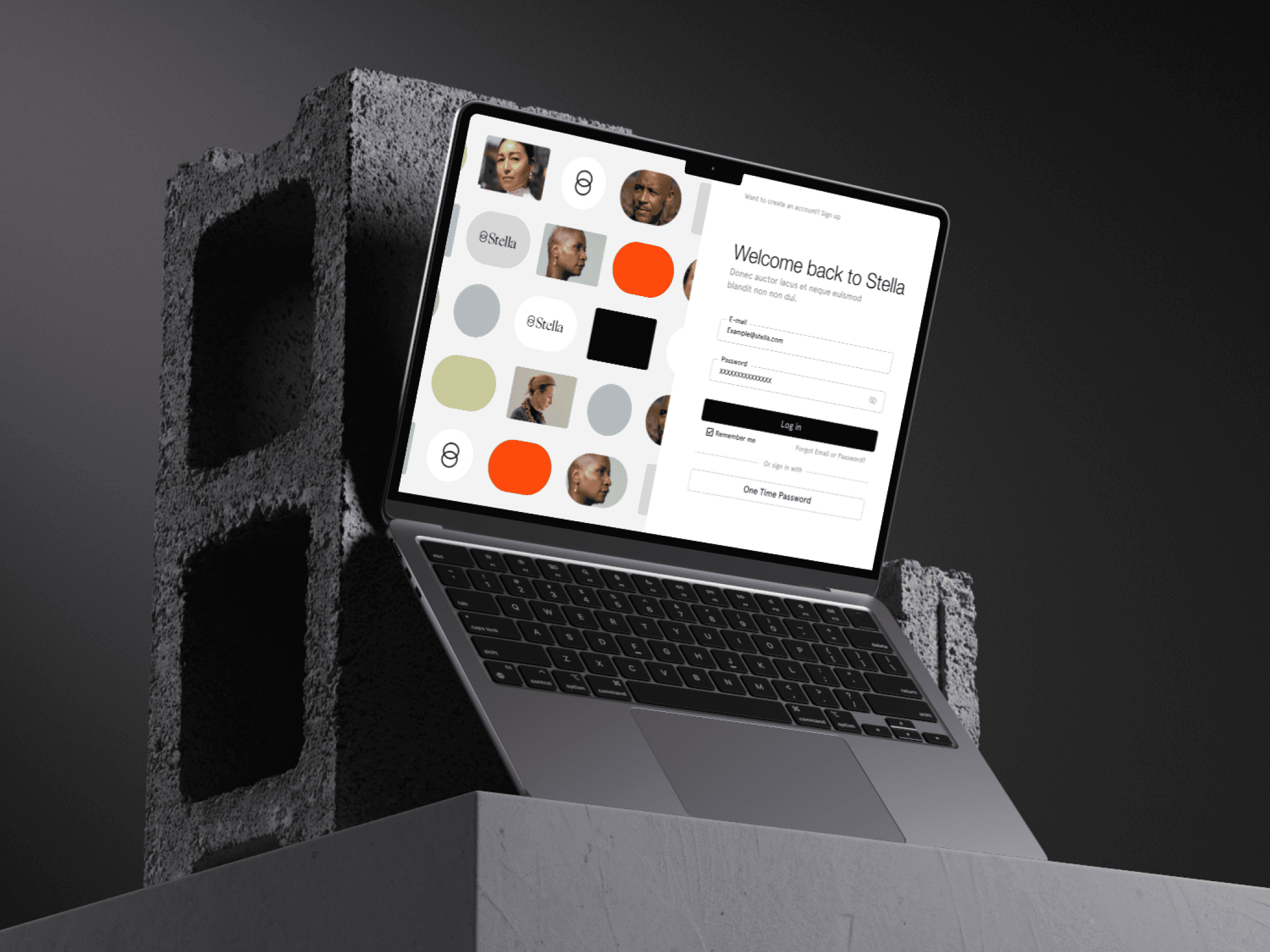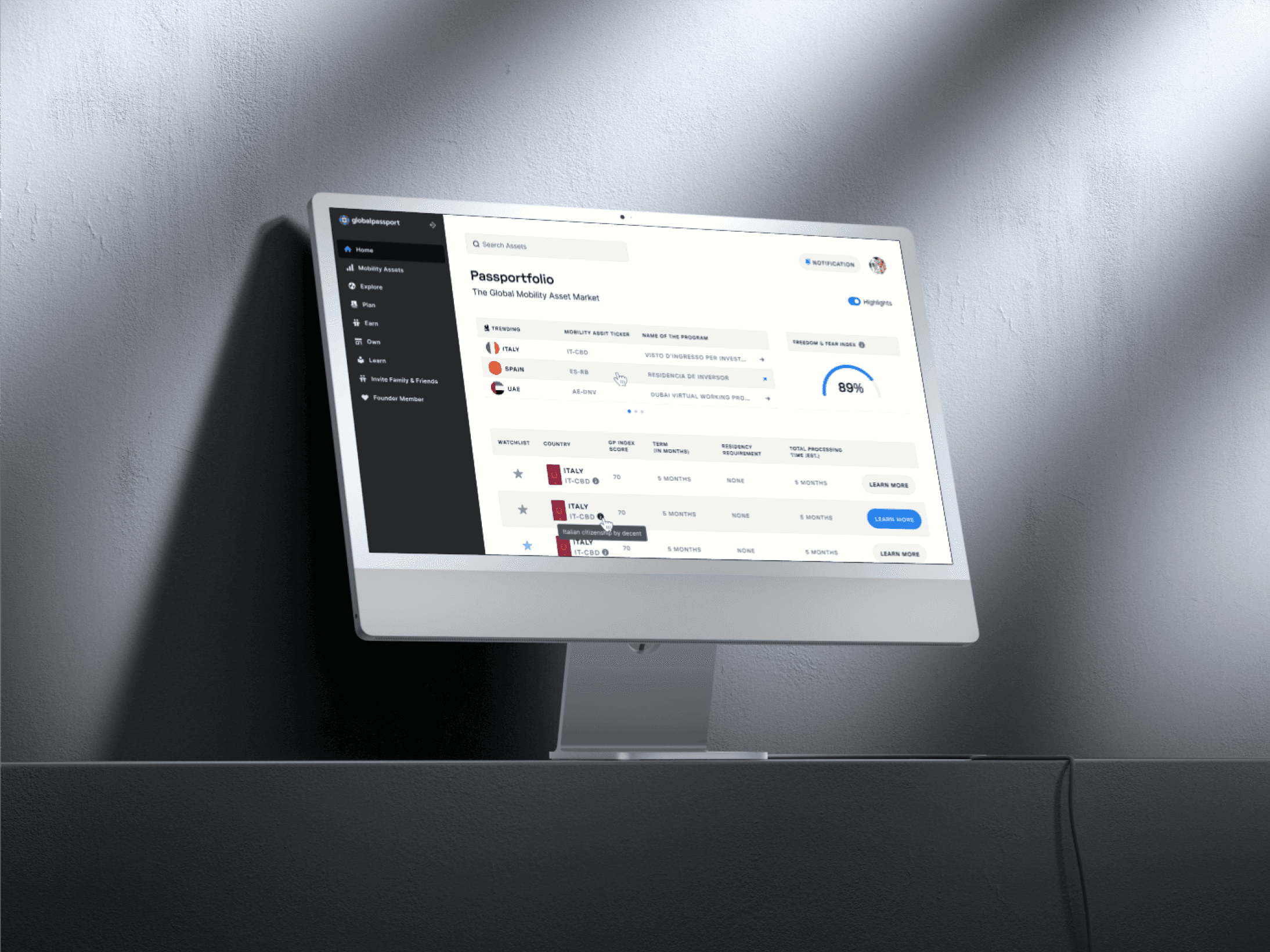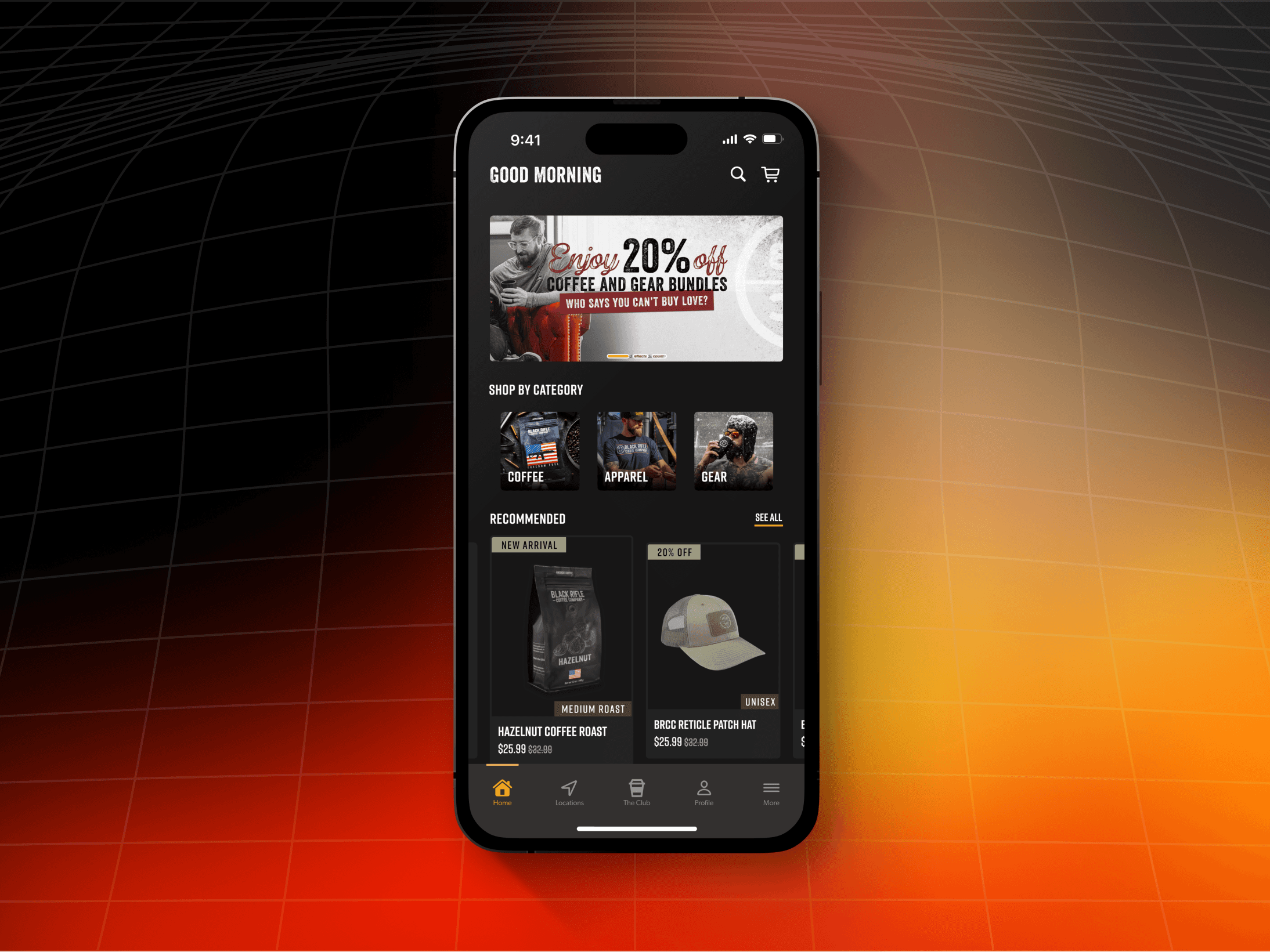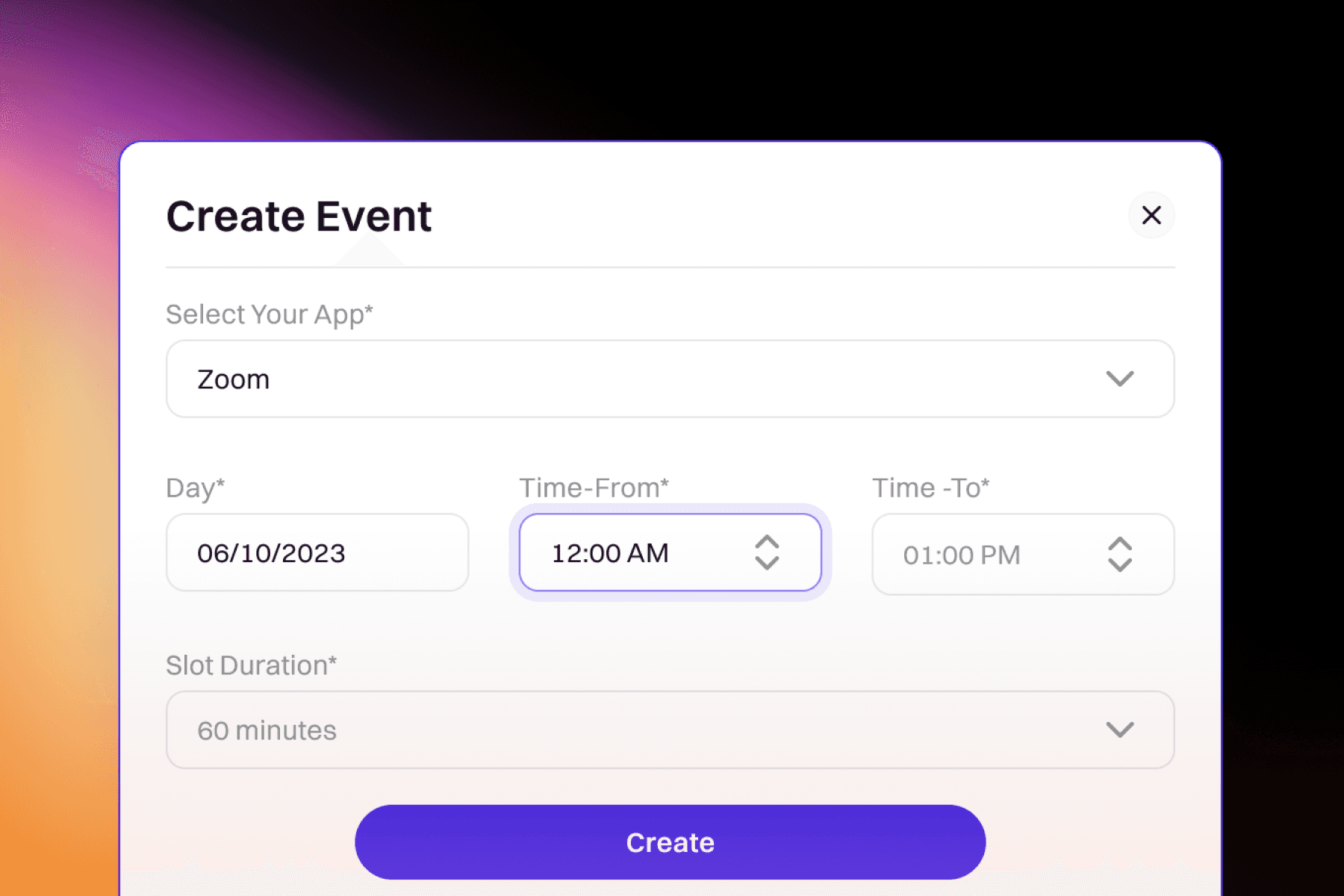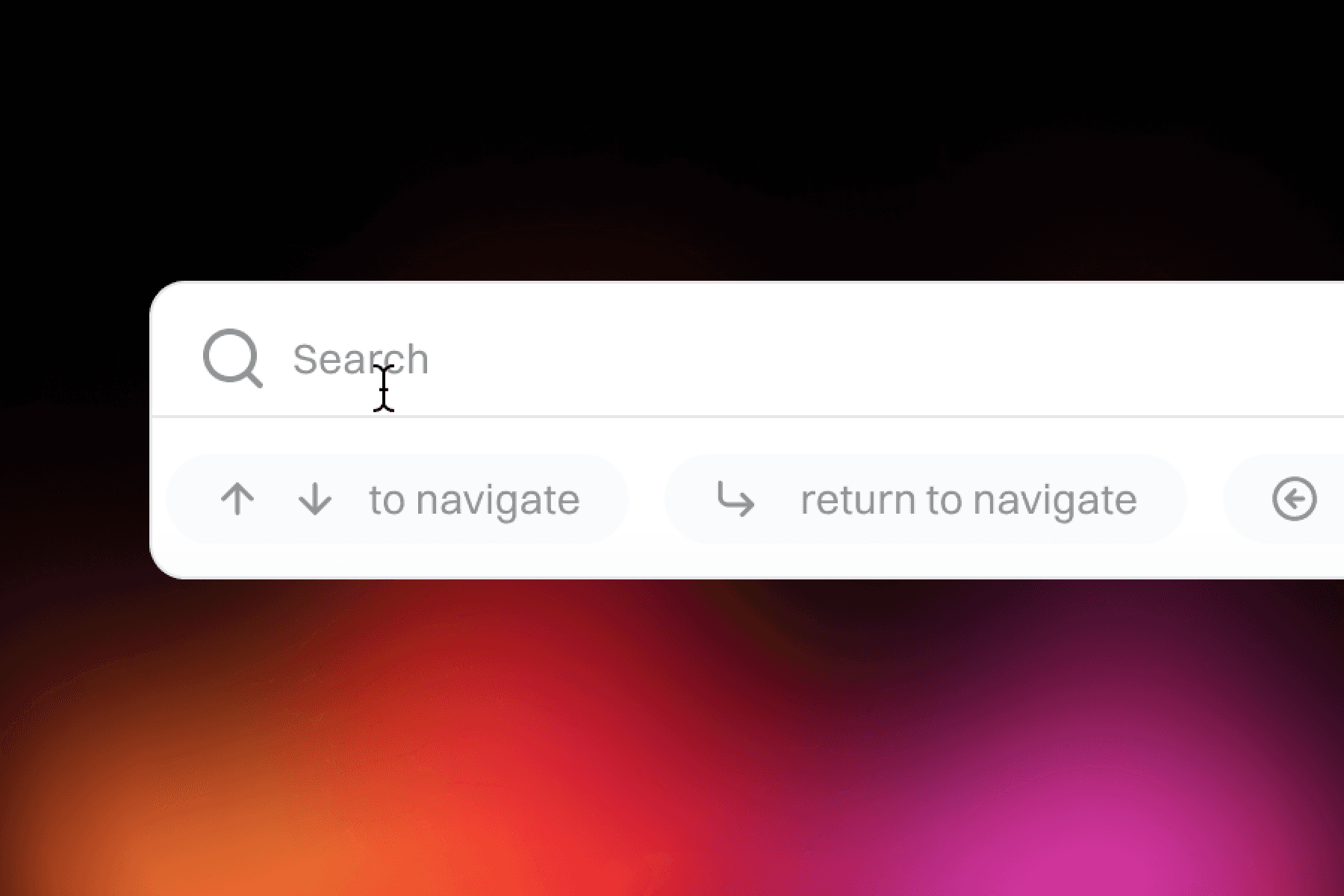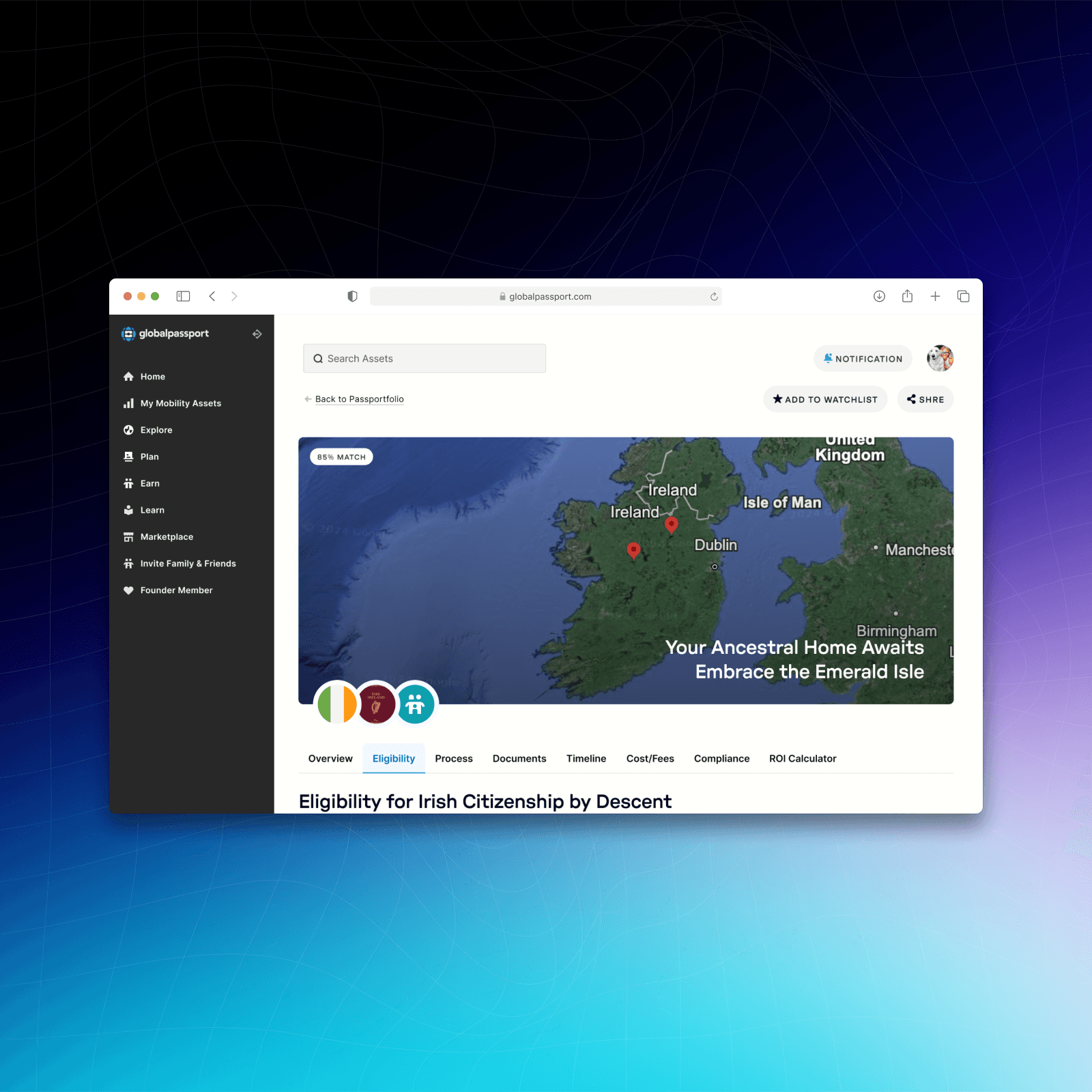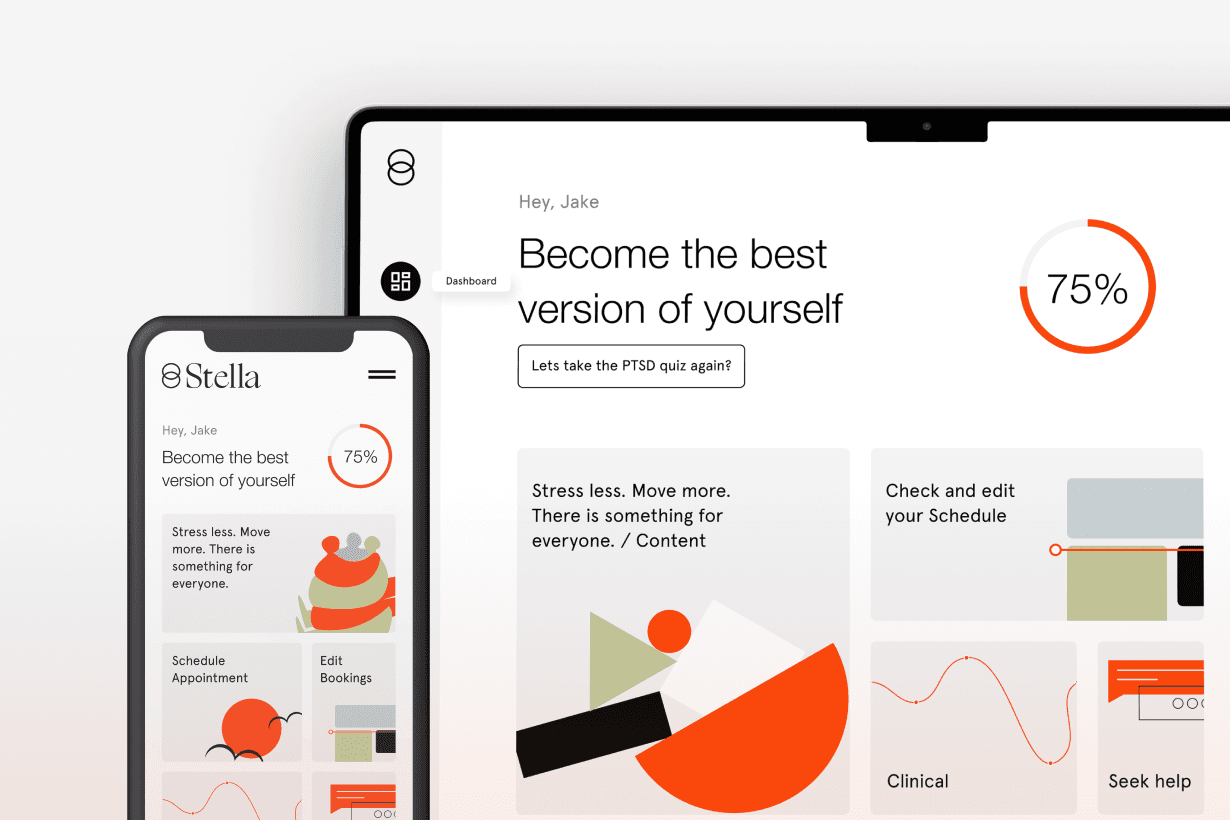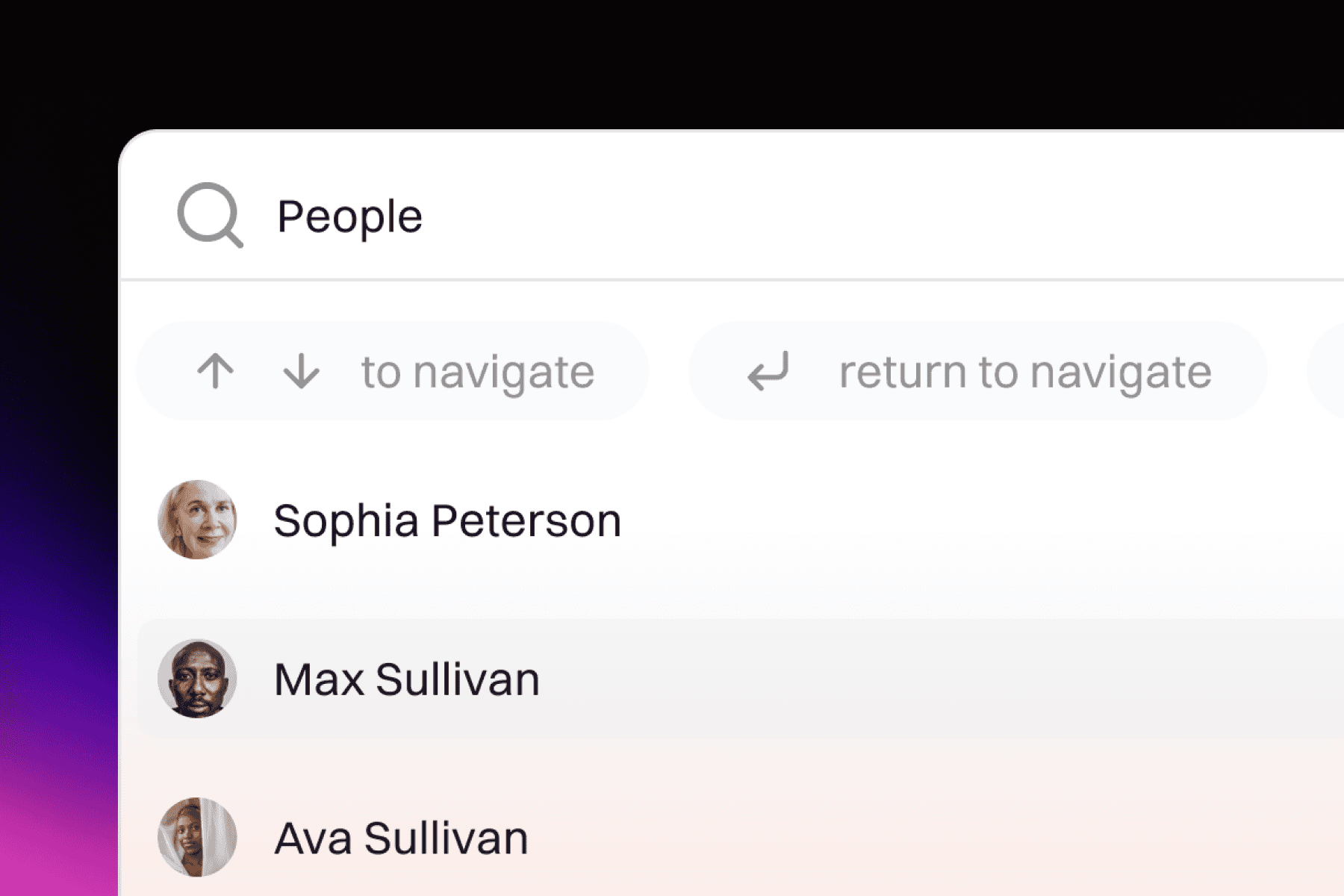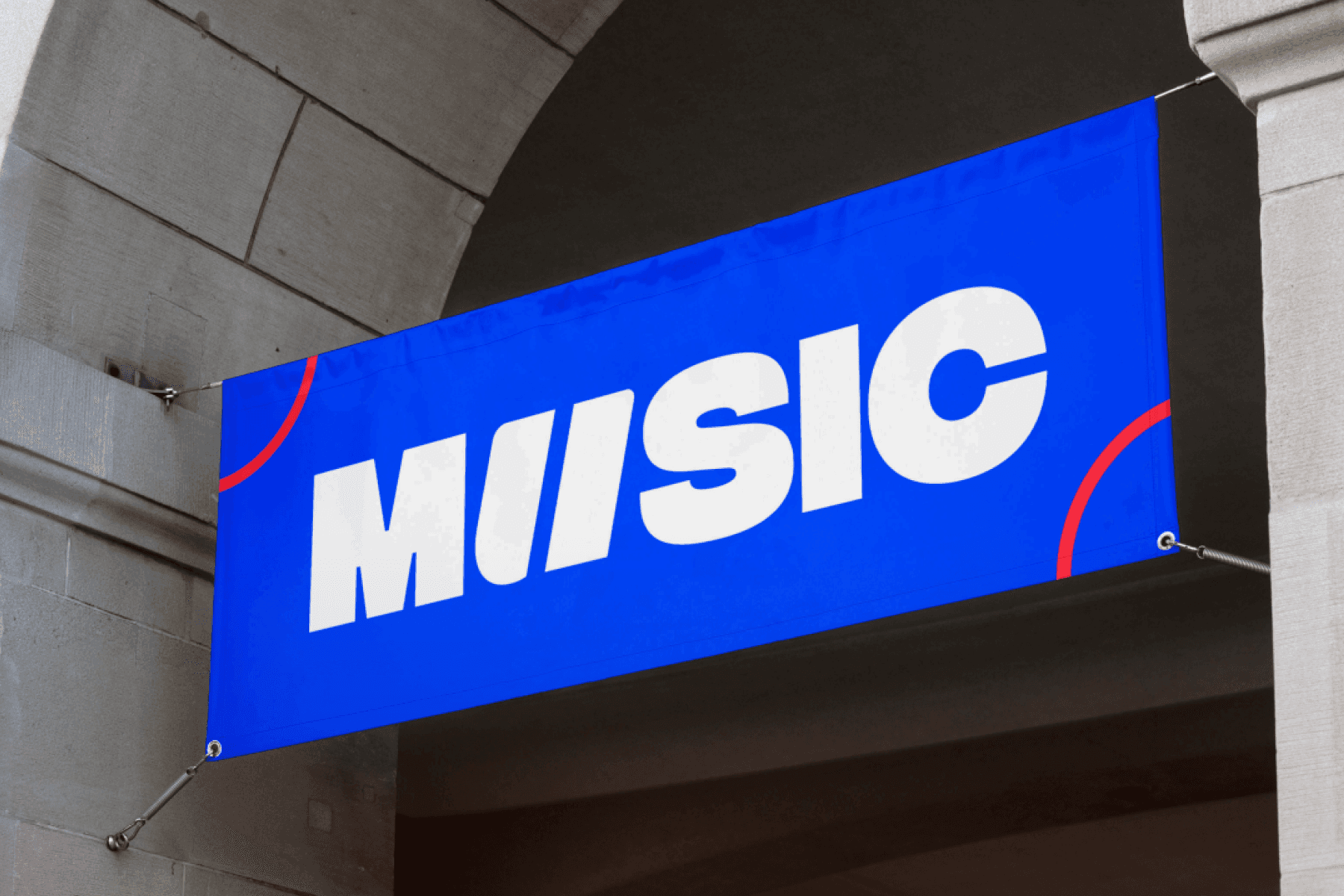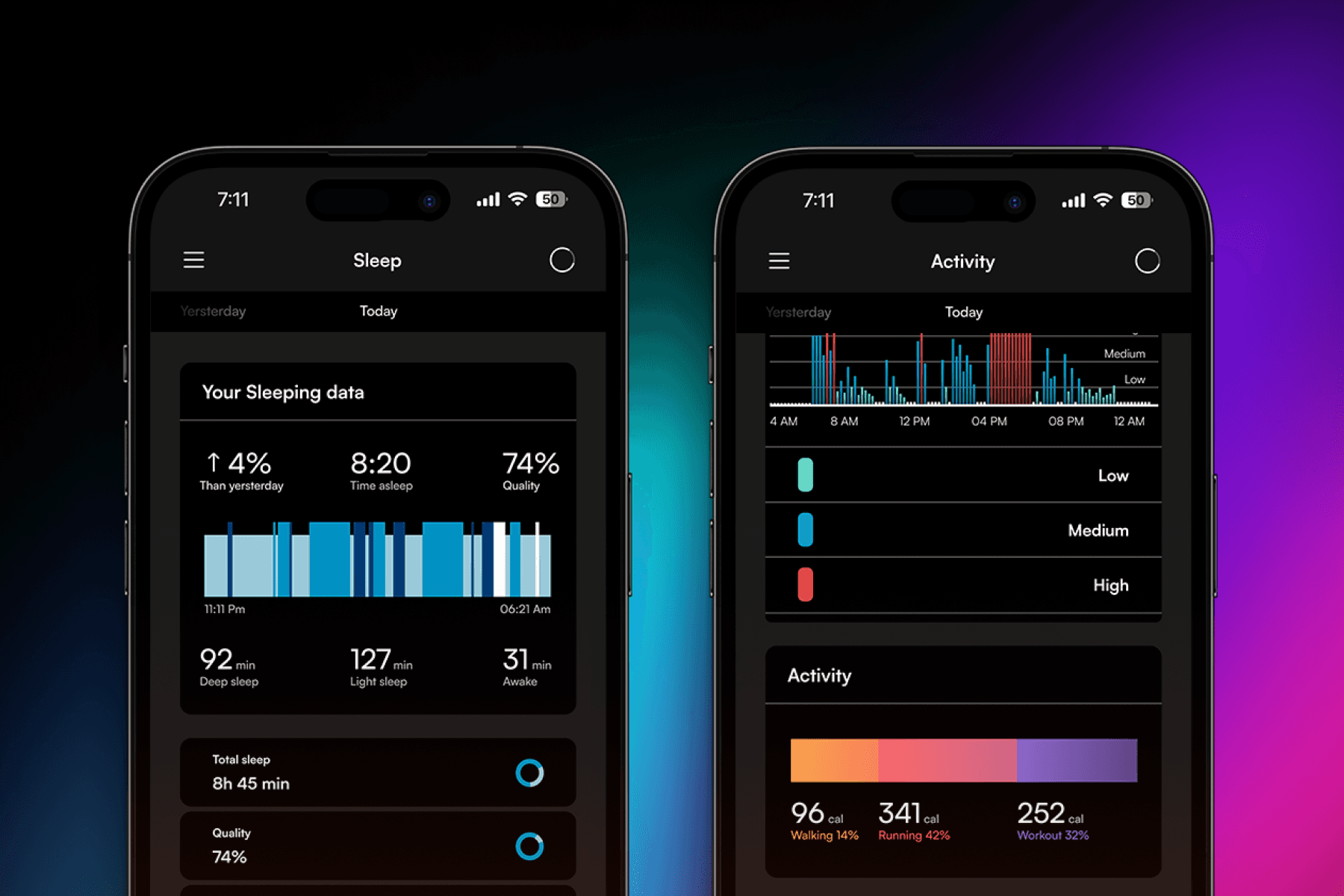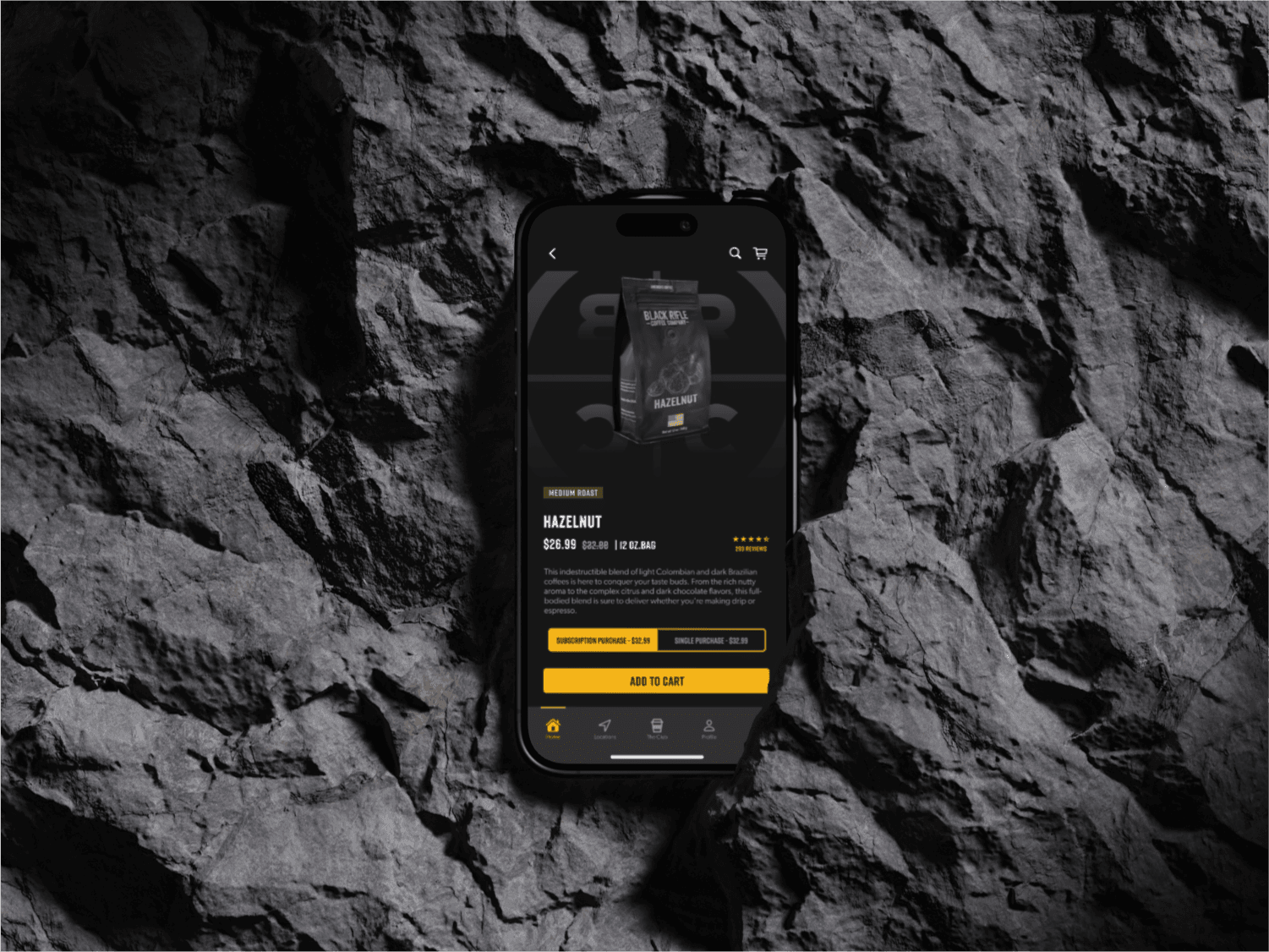The Transformative Role of AI, Automation, and Hybrid Work Models in the Modern Workplace
Apr 23, 2025
The unprecedented pace of technological evolution is reshaping industries, economies, and the workplace as we know it. Artificial intelligence (AI), automation, and the rise of digital workforces are redefining productivity, efficiency, and collaboration. As we approach 2025, organizations must adapt to these changes while addressing challenges such as skill gaps, workforce displacement, and ethical considerations. This article explores the transformative role of these technologies, the emergence of hybrid work models, and the critical need for strategies that balance innovation with inclusivity and employee well-being.
AI and Automation Driving Workforce Transformation
The adoption of AI and automation is profoundly reshaping the workforce, introducing revolutionary changes in how organizations operate and deliver value. These technologies are not merely tools but strategic enablers that streamline workflows and enhance decision-making capabilities.
One of the most transformative aspects of AI integration is its ability to automate repetitive and time-consuming tasks, freeing up employees to focus on complex and strategic initiatives. For instance, robotic process automation (RPA) has become pivotal in sectors like finance and customer service. By automating tasks such as invoice processing and customer query handling, RPA has significantly reduced operational bottlenecks and improved service delivery. According to a Deloitte study, organizations implementing RPA have witnessed cost reductions of up to 59% and substantial improvements in productivity.
AI’s impact extends beyond automation, particularly in fostering innovation and enabling advanced analytics. Predictive analytics powered by AI is transforming industries by providing actionable insights that were previously unattainable. In supply chain management, for example, predictive analytics helps anticipate demand fluctuations, optimize inventory levels, and minimize disruptions. Similarly, in healthcare, AI-driven predictive tools are enhancing diagnostic accuracy and personalizing treatment plans, resulting in improved patient outcomes.
These technologies also transform decision-making processes within organizations. AI-powered systems can analyze vast datasets in real-time, identifying trends and anomalies that might go unnoticed by human analysts. For example, AI algorithms are being used in the financial sector to detect fraudulent transactions with remarkable accuracy, safeguarding assets and maintaining customer trust. Furthermore, AI facilitates process optimization by continuously learning and adapting to changing conditions. Manufacturing firms leverage AI-driven production systems to minimize waste, enhance quality control, and maximize throughput.
Despite these benefits, adopting AI and automation is not without challenges. Cost remains a significant barrier, including technology acquisition, infrastructure upgrades, and employee training. Small and medium-sized enterprises (SMEs) often face financial constraints that limit their ability to invest in advanced technologies. Additionally, the immaturity of certain AI technologies can pose risks, as algorithms may produce biased or inaccurate outcomes if not properly calibrated. Organizational resistance to change is another hurdle, as employees may fear job displacement or struggle to adapt to new systems. A study by PwC noted that nearly 67% of employees express concerns about their roles being impacted by automation.
Addressing AI Integration Challenges
To overcome these challenges, organizations need strategic and inclusive approaches. Prioritizing upskilling and reskilling initiatives ensures employees are equipped to work alongside AI systems. Transparent communication about the benefits and limitations of these technologies can alleviate concerns and foster acceptance. Moreover, adopting a phased implementation strategy allows organizations to pilot AI solutions, refine them, and scale gradually, minimizing risks and maximizing returns. By addressing these barriers, organizations can unlock the full potential of AI and automation, driving workforce transformation and sustaining competitive advantage.
The Rise of Hybrid Work and Employee Well-being
The rapid adoption of hybrid work models is reshaping the modern workforce by blending the benefits of remote and in-office work. This shift, driven by technological advancements and evolving employee expectations, is increasingly seen as a pathway to achieving both flexibility and enhanced productivity. Hybrid work is not merely a logistical adjustment; it is a profound cultural transformation that requires deliberate planning and cutting-edge technology.
Flexible scheduling is a cornerstone of hybrid work environments, empowering employees to manage their work hours to suit individual needs. Studies show that employees with flexible schedules report lower stress levels and higher productivity. For example, Salesforce’s "Work from Anywhere" policy allows employees to choose their work setups—whether fully remote, office-based, or a mix of both—based on their roles and personal circumstances. This model has improved employee morale and helped Salesforce attract and retain top talent.
Mental health support is another critical component of hybrid work models. Organizations increasingly integrate wellness programs, offering services such as virtual therapy sessions, mindfulness training, and stress management workshops. Research indicates that such initiatives can significantly reduce burnout and absenteeism while fostering a sense of belonging among employees. For example, Google has implemented robust mental health resources, including confidential counseling and employee assistance programs, to support its workforce navigating remote and hybrid work challenges.
Collaborative tools such as Slack, Microsoft Teams, and Zoom have become indispensable for maintaining communication and teamwork across distributed teams. Additionally, AI-driven workforce management systems are revolutionizing how organizations plan and allocate resources. These systems use predictive analytics to optimize team schedules, monitor performance, and ensure equitable workload distribution. For example, Workday’s AI-powered platforms provide real-time insights into workforce dynamics, helping managers make data-driven decisions to enhance productivity and employee satisfaction.Filtering
We've added the ability to filter your collection lists in the CMS. This allows you to keep your content in a single collection, yet customize how that collection is presented on each of your web pages. For example, if you're creating docs for your app, you might want to filter articles per topic on your homepage. Or when creating a blog, you might want to filter your blog posts per category.
Building Inclusive and Agile Digital Workforces
n the evolving landscape of work, building inclusive and agile digital workforces is both a moral imperative and a strategic necessity. Organizations are leveraging AI-driven tools to create equitable hiring practices and redefine performance evaluations, ensuring diverse perspectives are included and celebrated. AI systems, when carefully designed and monitored, can mitigate biases in recruitment by focusing solely on objectively relevant qualifications and skills.
Beyond recruitment, AI reshapes performance evaluations, offering fair assessments based on measurable outcomes rather than subjective opinions. AI-driven analysis also identifies complementary strengths within teams, enabling managers to create groups that thrive on diversity.
Conclusions
AI, automation, and hybrid work models are ushering in a new era of work that promises unparalleled efficiency, innovation, and inclusivity. However, the transition demands proactive strategies to address challenges like workforce displacement, skill gaps, and ethical concerns. By embracing hybrid work models, fostering diversity and inclusion, and investing in upskilling, organizations can harness the potential of these technologies while safeguarding employee well-being. As we look beyond 2025, creating agile, inclusive, and resilient workplace ecosystems will be critical for achieving sustainable growth and harmonizing technology with humanity.
